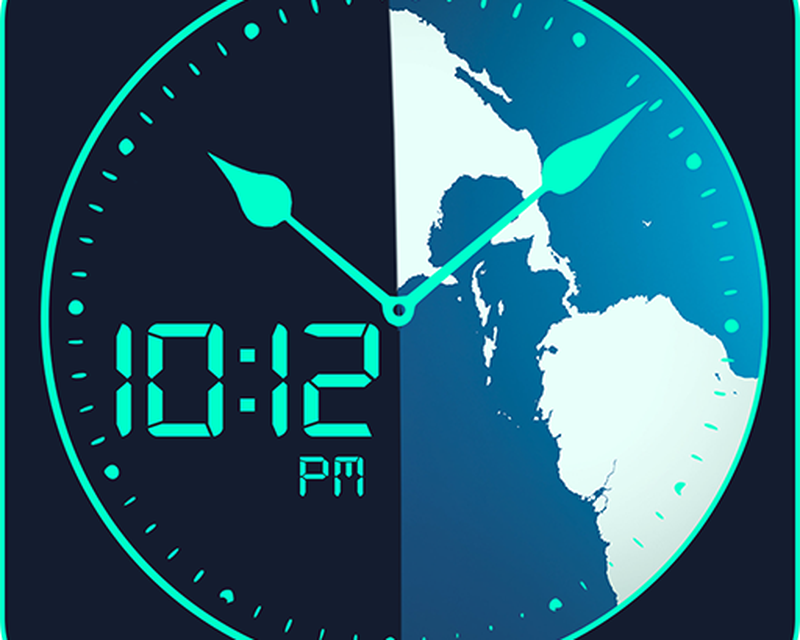

- MARS24 TIME CLOCK HOW TO
- MARS24 TIME CLOCK INSTALL
- MARS24 TIME CLOCK MANUAL
- MARS24 TIME CLOCK SOFTWARE
Magellan’s RFID reader-writers are to be professionally installed by authorised, Installation in such locations should be avoided. Sources of strong electric and magnetic fields. Wireless communication can be degraded by high-voltage and high-current lines and other Other equipment is properly installed, grounded and at a reasonable distance from the Reader Some industrial machines and electronicĭevices can generate unwanted noise which may degrade communication. Using the 13.56 MHz High Frequency (HF) band. Magellan’s RFID reader-writers communicate with data carriers (RFID inlets, labels and tags) Rapid changes in temperature, to direct vibration or shock.

The environment must not contain corrosive, flammable or explosive agents or be subject to
MARS24 TIME CLOCK INSTALL
Install Magellan’s Readers within the temperature and humidity range according to the product

MARS24 TIME CLOCK MANUAL
If you have any questions, comments or suggestions about the User Manual please contactįor indoor use only unless otherwise specified. Please read and understand this document before REPORTING A PROBLEM- 38ĥ.1 TROUBLESHOOTING. 33Ĥ.3.3 Getting a Reader connected using the ReaderManager. 29Ĥ.3.1 Getting an IP address using Ethernet. 27Ĥ.2.2 Upgrading software.28Ĥ.3 CONNECTING TO A READER USING READERMANAGER.
MARS24 TIME CLOCK SOFTWARE
26Ĥ.2 READERMANAGER SOFTWARE INSTALLATION.27Ĥ.2.1 Installation and Functionality Test.

25Ĥ.1.6 Antenna Matching, Tuning and Testing. 24Ĥ.1.4 Connecting Multiple Readers to a local network. 24Ĥ.1.3 Connecting a Reader to a Computer using Ethernet. 22Ĥ.1.2 Connecting a Reader to a Computer using USB. INSTALLATION- 19Ĥ.1 HARDWARE INSTALLATION. BEFORE YOU BEGIN - 8ģ.1 UNPACKING AND INSPECTION. 3ġ.7 GLOSSARY OF TERMS AND ABBREVIATIONS. 3ġ.6 MEANING OF ALERT SYMBOLS AND SIGNAL WORDS. 3ġ.4 CHANGES IN PRODUCT FAMILY, SPECIFICATIONS AND USER MANUALS/GUIDES. INTRODUCTION- 2ġ.1 REGULATION AND STANDARDS. Opting to end the show early won’t be an option when astronauts are actually living there, so longer circadian rhythms could be the tipping point between success and disaster.Multiple Antenna Reader-Writer System - 24ġ. In a 1997 experiment, scientists were instructed to live within these conditions, and they mutinied until the experiment ended. When humans finally make it to Mars, they’ll be existing in a world where, The Atlantic notes, it will feel like they’re going West by two time zones every three days. While NASA has been criticized previously for not taking sleep as seriously as they should, people like Flynn-Evans are working on techniques to help make sleep schedules in space possible, like using different light colors to either make astronauts more tired or awake. On space flights, it’s been shown that a non-24-hour cycle of light and dark as well as a change in gravity load messes with astronaut’s circadian clocks, which then can jeopardize their mood, cognition, and overall performance. Wikimedia CommonsĬircadian thinking is catching on at NASA and other space agencies because a tired astronaut is a potentially disastrous astronaut. Circadian rhythms are also genetically determined.Īn astronaut asleep in the ISS in 2007. Regulated by small nuclei in the middle of the brain, circadian rhythms typically are about 24 hours but they vary slightly from person to person. To refresh your memory: Circadian rhythms are the physical, mental, and behavior changes driven by our biological clocks. “One thing we’ve found is people who have longer circadian rhythms are probably better suited to go to Mars.” “One thing is Mars has an orbit that’s a little bit longer than Earth, but it’s a big deal because if you’re going to go from Earth to Mars, you’re going to have to be able to sleep 39 minutes longer every day,” Erin Flynn-Evans, who runs the sleep research center at NASA’s Ames Research Center, told The Washington Post. Luckily, researchers have encountered the secret to resting well on Mars: having a long circadian rhythm.
MARS24 TIME CLOCK HOW TO
A seemingly less considered hurdle will be learning how to sleep on the red planet - and that in and of itself could make or break a mission. They’ll need to learn to cultivate Martian dirt, come to grips with the fact they’re probably not going home, and figure out a sexual situation. The first human colonists on Mars will have to undergo some major adjustments.


 0 kommentar(er)
0 kommentar(er)
